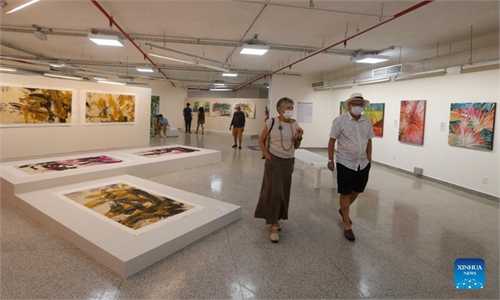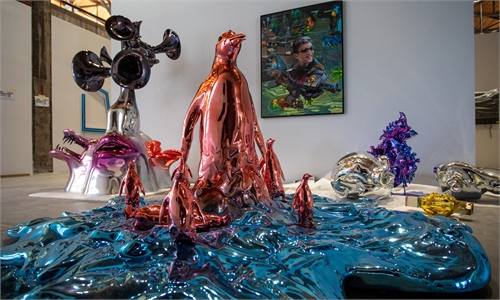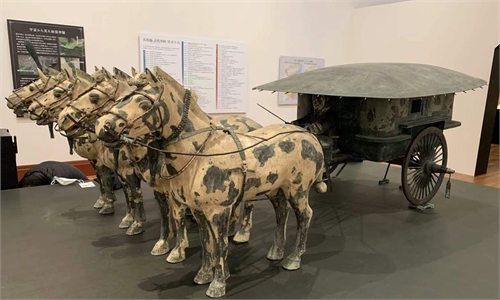ARTS / ART
Terracotta Warriors tour overseas for the first time since pandemic as new exhibition in Japan
Celebrating the big 50
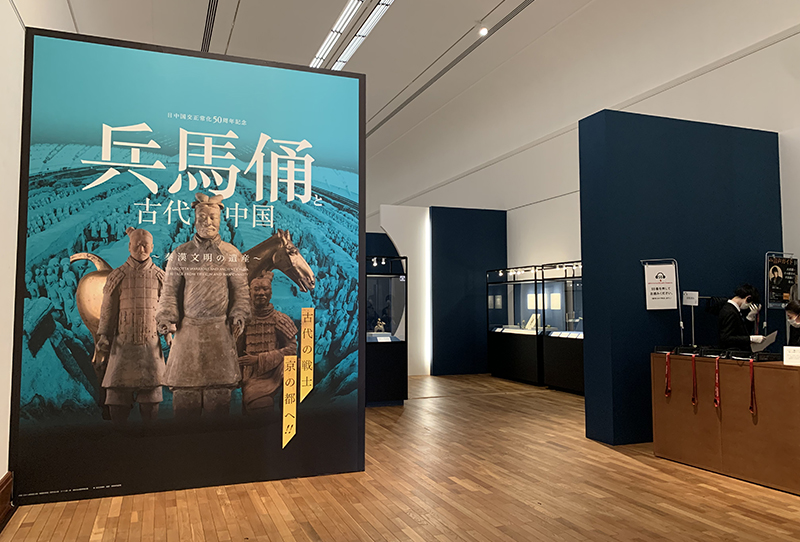
Photo: Shaanxi History Museum
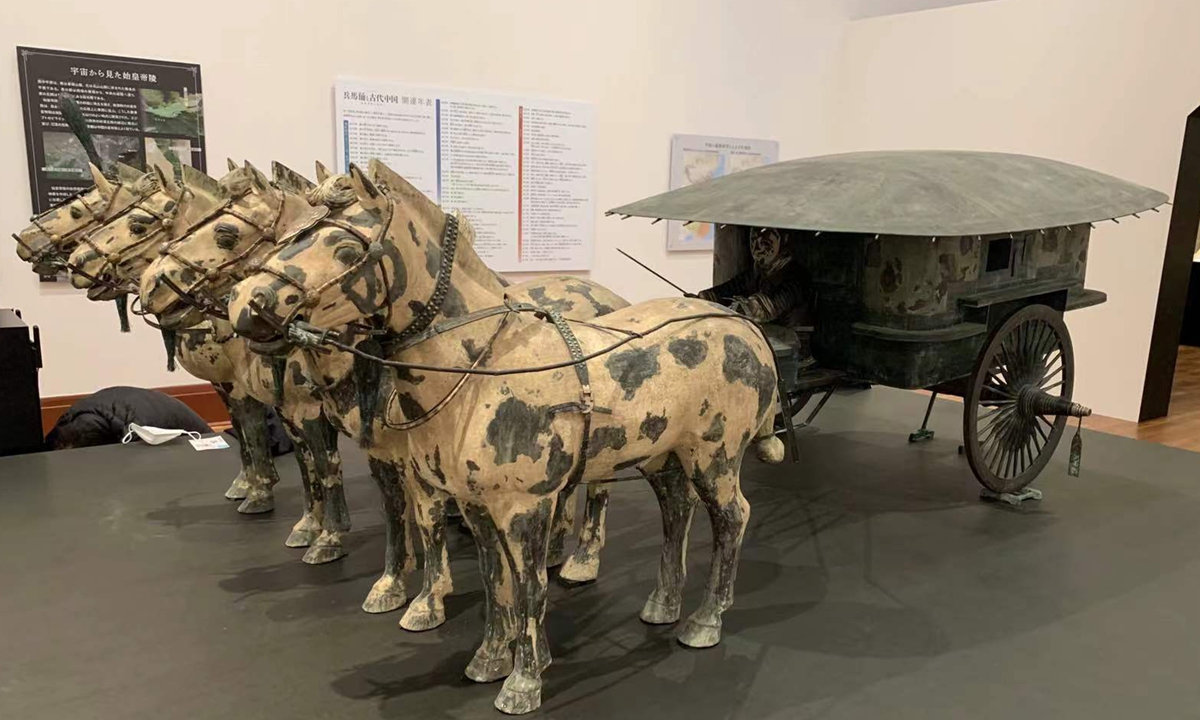
A replica of a bronze chariot and horses found at the Mausoleum of Emperor Qin Shi Huang Photo: Courtesy of the Shaanxi History Museum
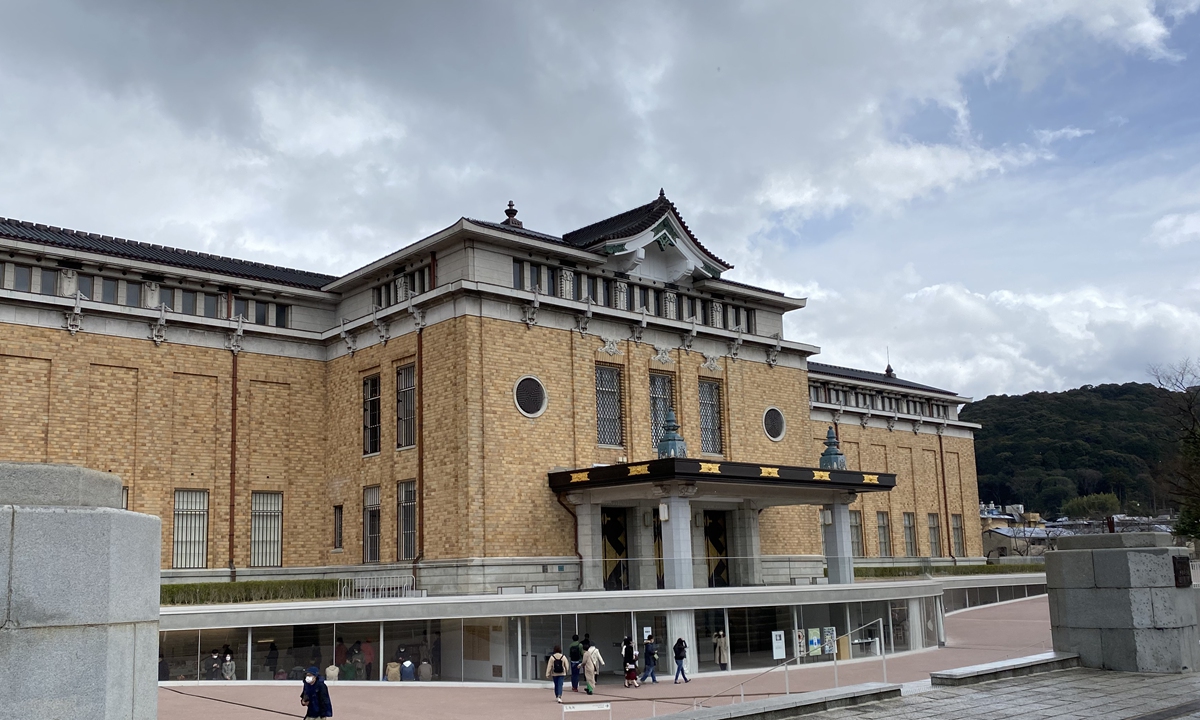
The Kyocera Museum in Kyoto, Japan Photo: Courtesy of the Shaanxi History Museum
An exhibition based on China's Terracotta Warriors has kicked off at the Kyocera Museum in Kyoto, Japan on Friday in recognition of the 50th anniversary of the normalization of diplomatic relations between China and Japan, according to a report by Xinhua News Agency.Chinese Ambassador to Japan Kong Xuanyou sent a written congratulatory message, expressing the hope that more Japanese people can visit the museum to learn about Chinese history and culture. He said he believes that the exhibition will further promote mutual understanding between the people of China and Japan and deepen the friendship and cooperation between the two countries, according to the report.
The exhibition, Terracotta Warriors and Ancient China: Heritage from the Qin and Han Dynasty, displays a total of 121 items from 16 cultural units in Northwest China's Shaanxi Province and one cultural unit in Central China's Hunan Province.
"This is the first time since the outbreak of the COVID-19 pandemic that the Terracotta Warriors have been exhibited overseas," the head of the project from Shaanxi History Museum, who wished to remain anonymous, told the Global Times on Monday.
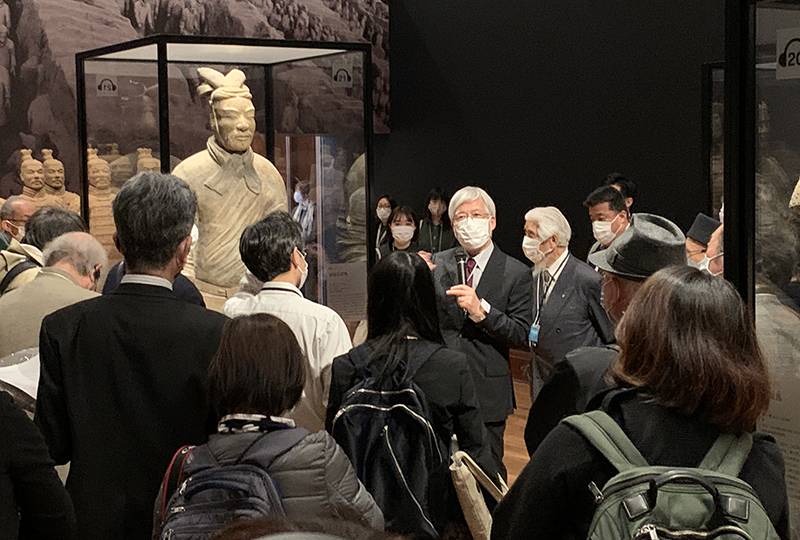
Photo: Shaanxi History Museum
He added that the exhibition has been prepared since 2018, but due to the pandemic they spent almost four years finishing the preparation, which is one to two years longer than the normal amount of time.
The cultural relics date from the Western Zhou Dynasty (1046BC-771BC) to the Eastern Han Dynasty (25-220), including the Terracotta Warriors of Qin Shi Huang, the first Emperor of China. They include animal figurines unearthed from the burial pit of Emperor Jing of the Han Dynasty, gilt bronze horses collected by Maoling Museum and Qin bamboo slips unearthed in Liye, Hunan Province.
According to the head, the Terracotta Warriors are world-famous and the museum has already sold a lot of tickets.
He mentioned that through this cooperation, he learnt that the Japanese team paid a lot of attention to the relics, including setting up some stands to prevent the relics from being damaged during an earthquake.
"Many Japanese who see the real figures of Terracotta Warriors are surprised at the huge size of them, and they are amazed that the relics can be preserved for almost 2,000 years," said the head, who went to Kyoto for the exhibition.
The exhibition has three parts, and mainly introduces the history from the Western Zhou Dynasty to the Eastern Han Dynasty, as well as the recent research into the relics.
The opening ceremony of the exhibition was not held due to the pandemic. In a written speech, the Japanese organizers stated that the exhibition was being held to commemorate the 50th anniversary of the normalization of diplomatic relations between China and Japan, and offering sincere hopes that the exhibition can become an opportunity to deepen the friendship between Japan and China.
All the relics were delivered to Japan by plane in mid March. After the exhibition ends in Kyoto on May 22, it will also tour in Shizuoka, Nagoya and Tokyo. The entire exhibition will last nearly a year, according to the report.

